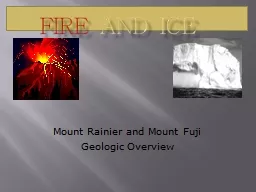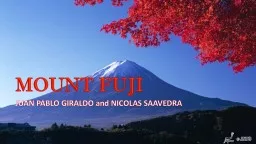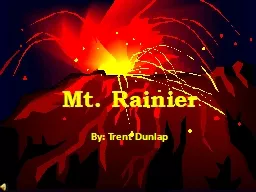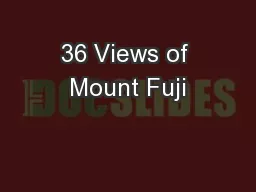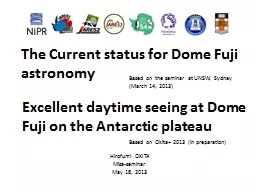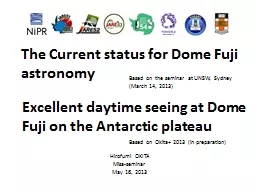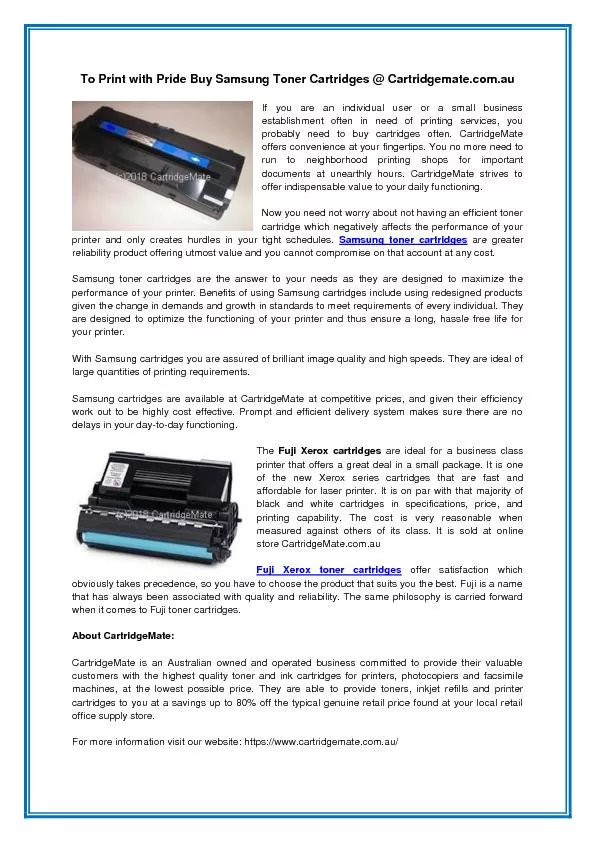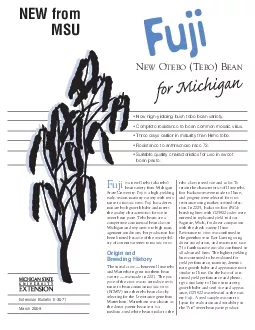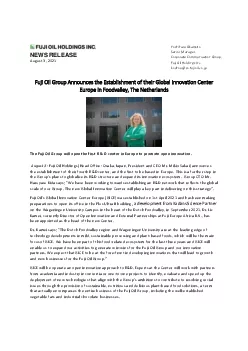PPT-Fire and Ice Mount Rainier and Mount Fuji
Author : garboardcola | Published Date : 2020-07-03
Geologic Overview Born of Fire Shaped by Ice Mount Rainier is born of fire and shaped by ice It is a geologically young volcano but has been worn down by the erosive
Presentation Embed Code
Download Presentation
Download Presentation The PPT/PDF document "Fire and Ice Mount Rainier and Mount Fu..." is the property of its rightful owner. Permission is granted to download and print the materials on this website for personal, non-commercial use only, and to display it on your personal computer provided you do not modify the materials and that you retain all copyright notices contained in the materials. By downloading content from our website, you accept the terms of this agreement.
Fire and Ice Mount Rainier and Mount Fuji: Transcript
Download Rules Of Document
"Fire and Ice Mount Rainier and Mount Fuji"The content belongs to its owner. You may download and print it for personal use, without modification, and keep all copyright notices. By downloading, you agree to these terms.
Related Documents

